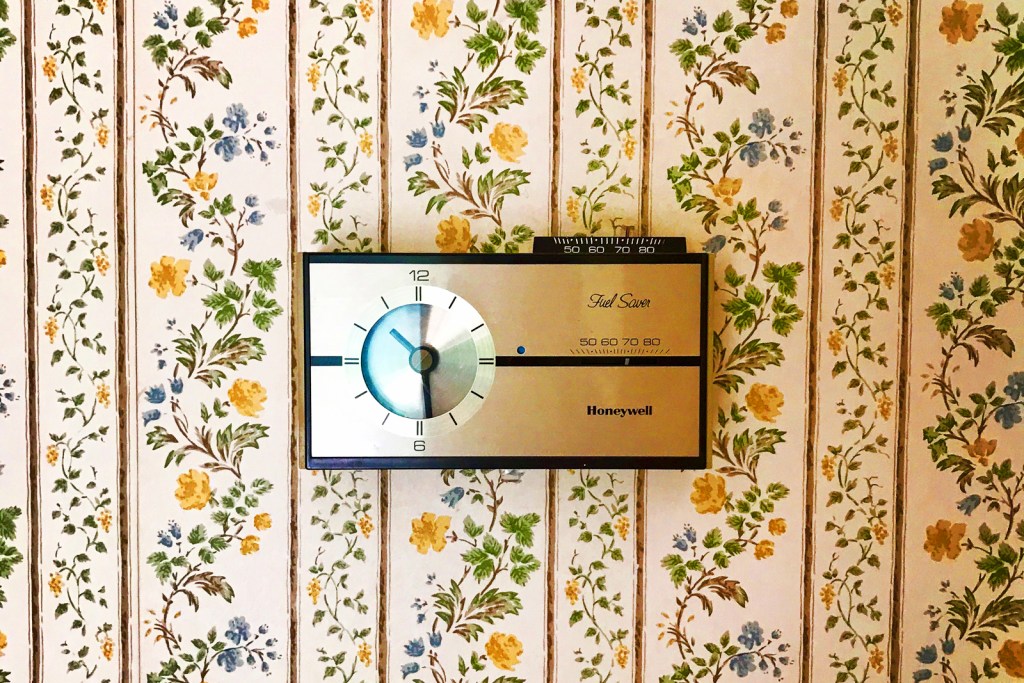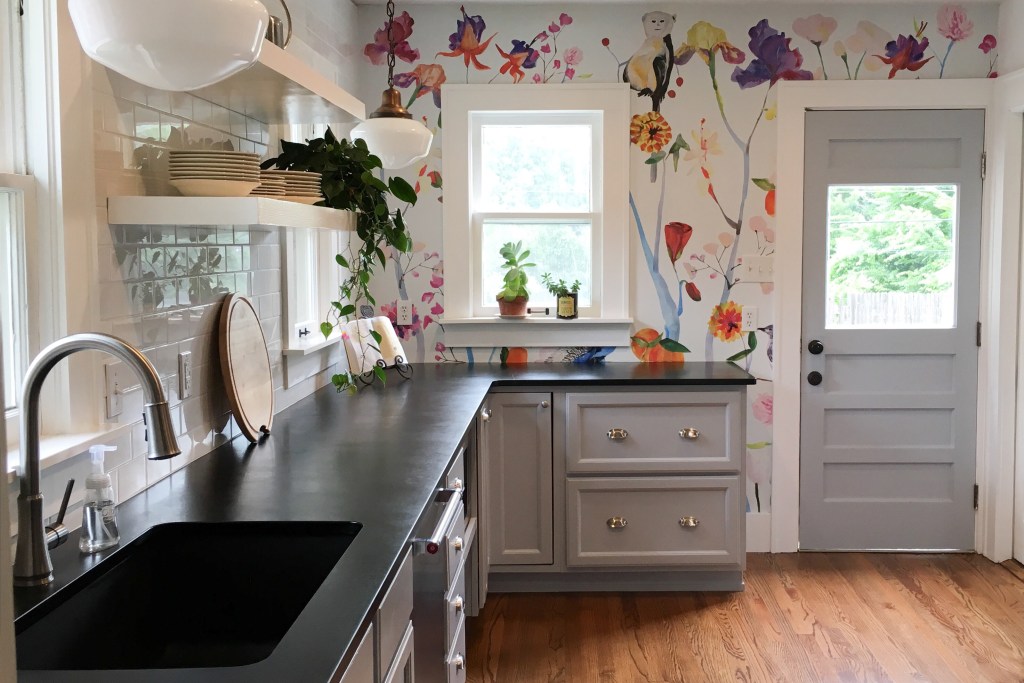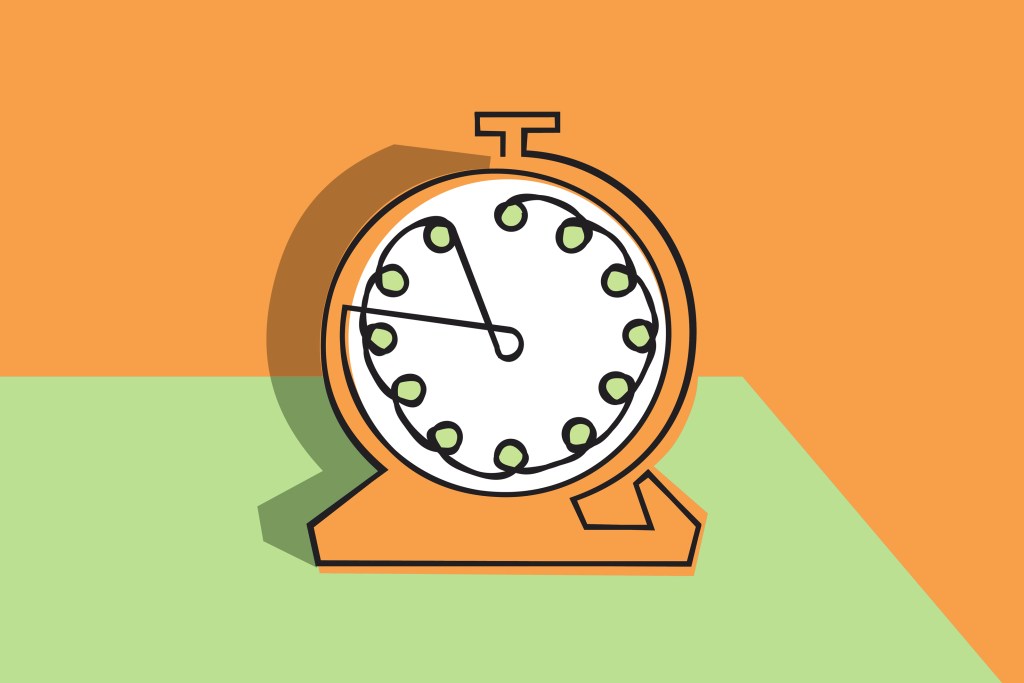But not all are equal when it comes to investing in your home.

After spending so much time at home, you want — you need! — a backyard getaway, not a bootcamp that’s all about mowing, weeding, and raking.
Time for a second honeymoon with these ideas that’ll turn your labor-loving yard into a leisure-loving one. Some will even enhance your home’s value. Others, at least, won’t ding it. (You definitely don’t want to do that.)
Let the backyard oasis begin with these ideas:
#1 Al-Fresco Dining

Ample, built-in seating and wood-fired pizza on-demand. And while wood-fired ovens are famous for pizza, this isn’t a one-note investment: You can serve up any meat, veggie, or bread — making this a full-on outdoor oven. Low-maintenance hardscaping means you can focus on your party, instead of mowing grass.
Or go for the full farm-to-table concept:

Pluck some veggies from some chic, metal raised beds (easy to maintain), prep them in an outdoor cooking island with a built-in grill (and green roof, which keeps it cooler underneath), and treat yourself to the freshest cuisine around for your backyard oasis.
Even better, since the entire ground area is pea gravel, you can spend less time mowing and more time dining.
But does it add value? Outdoor living and cooking spaces (rooms, really) almost always do. As do low-maintenance hardscaping features — like the patio. Raised steel garden beds, not so much, though.
#2 An Outdoor Room Just for Leisure

Spend Saturday afternoon napping in your outdoor space — not laboring over it. Easy-care plants look lush with minimal intervention, including ground cover and stone to replace grass.
Install horizontal privacy fencing, and you’re ready for one legendary siesta (adorable dog recommended but not required).
But does it add value? See above about outdoor rooms (and the lovely plants definitely boost it, too). Win-win.
#3 A Yard for Playing

You don’t have to give up playing in the backyard just because you’re an adult. Make your yard a grown-up rec center with a fire pit and bocce ball court (or cornhole, ladder ball, even giant Jenga).
Wood-paneled privacy fencing elevates the adults-only aesthetic, and low-maintenance gravel keeps the focus on fun instead of maintenance.
But does it add value? Seriously doubt it (except for the fence). But it’s your yard. Remember, joy is an ROI of a different sort. Plus, the court is easy enough to erase with some basic landscaping (always a good value add).
#4 A DIY Pool and Pit

The Truth About Built-In Pools
Funny how something most of us love can actually make a house harder to sell. But that doesn’t mean you shouldn’t.Read More InDo Swimming Pools Add Value to Homes?
An affordable, stock-tank soaking pool paired with a DIY fire pit and seating is everything good about a pool (laps, shmaps, right?), without all the cost and maintenance.
Add a little wood-fired heater, and it’s a hot tub, too (just make sure it’s one designed for hot tubs — for obvious reasons).
But does it add value? Only to you. And since it’s easy enough to remove, it’s not hurting it either. If you love it, you’re getting a whole different kind of ROI — where dollars don’t apply.
#5 A Me-Only Retreat
A Malibu spa day may not fit into your schedule (or budget) this year, but stealing away to this hideaway for 30 minutes at a time can be easily penciled in. Now where’s the “Do not disturb” sign?

But does it add value? Not really, especially since the shed isn’t plumbed and lacks power. But backyard sheds-as-rooms never seem to disappoint buyers.
#6 An Epic Slide

Jack up a playhouse with a slide that makes their friends go “Whoa.” And while they’re spending a few hours running up the stairs (or climbing up a cargo net) and racing down the slide, you get some much-deserved “me” time: not a lousy ROI.
But does it add value? The slide, no. The playhouse? Again, no plumbing, no electricity, probably no gain — but the landscaping is a sure-fire win.
#7 Lighting for After Dark

Do resorts shut down at dusk? They do not. To make your backyard an all-hours destination, incorporate outdoor lighting into your vision. Forget tiki torches; opt for permanent overhead, task, and mood lighting — just like you would indoors. Efficient solar and LED lights are great for outdoors. With the right glow, you can squeeze even more hours of delight out of your backyard oasis.
“Visit HouseLogic.com for more articles like this. Reprinted from HouseLogic.com with permission of the NATIONAL ASSOCIATION OF REALTORS®.”
























